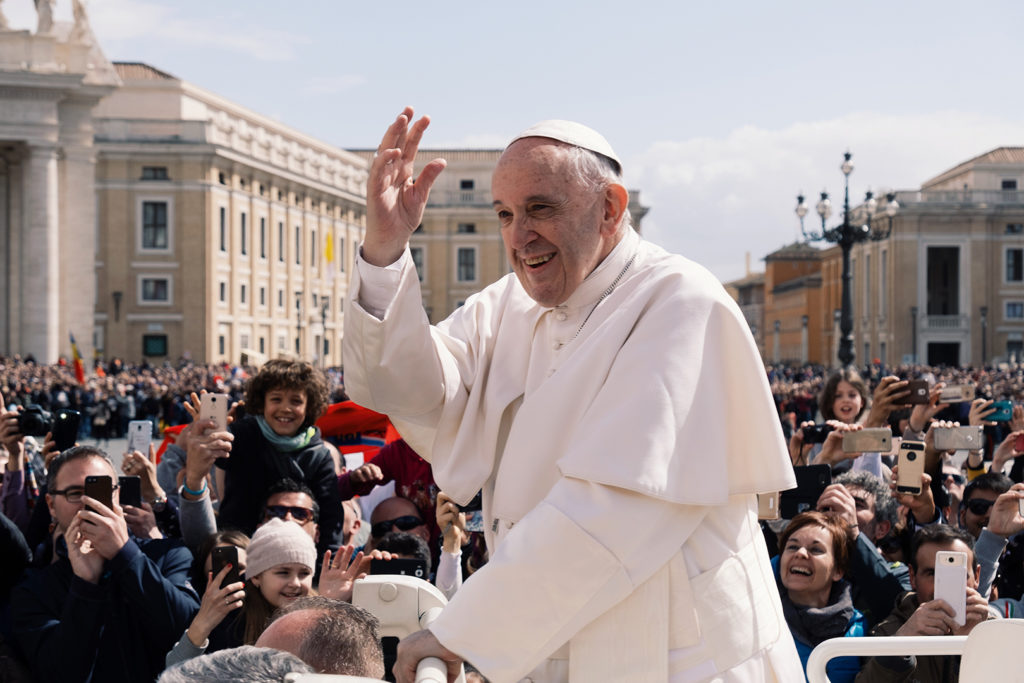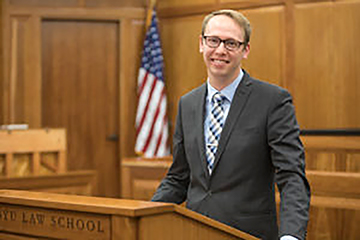
https://unsplash.com/photos/55k45BgfUF8
Catholic Relief Services (CRS), an international humanitarian organization, was one of the many faith-based organizations that were in attendance at the recent interfaith conference sponsored by the Vatican. The conference focused on including religious organizations, like CRS, in the advancement of the UN’s 17 sustainable development goals (SDG).
Over its 75 year history, CRS has evolved to become a humanitarian aid organization that has helped more than 130 million people around the world in 110 countries that have been affected by poverty, hunger, disease and other crisis situations. Anchored in its Catholic identity, CRS serves on the basis of need not creed and actively seeks to help the world meet the SDGs by 2030.
During the interfaith conference, Pope Francis addressed the attendees by saying, “Solutions are what I hope will emerge from this conference—concrete responses to the cry of the earth and the cry of the poor, concrete commitments to promoting real development in a sustainable way through processes open to people’s participation.”
When the SDG’s were created in 2015, religious organizations and faith-based groups were not heavily involved in the implementation strategy. However, according to the numbers, religious-based organizations have the potential to reach, impact and help people across the world, making them influential players in the execution of the SDGs. That is what the interfaith conference was trying to address.
“Eighty percent of people around the world affiliate with a religion,” said Lou Charest, strategy and organizational specialist at CRS. “Imagine the difference people of goodwill and shared values could achieve if they were more included in the implementation of the SDGs. The conference was an exploration around what each religious community could uniquely contribute.”
“Some of the conference was really just learning about what each other was doing in the space and trying to see if there were opportunities to work more closely together, united around shared values and pointed towards the SDGs as the common unifier,” said Charest.
The world has made the goal to achieve the SDGs by 2030. In order to do so, organizations across all sectors of society must be focused on the 17 goals outlined by the UN. CRS decided to map out its organizational strategy in a way that aligns with the SDGs.
“Given the urgency and common unifier of the sustainable development goals, we did some mapping of the contributions CRS could make with our expertise. We examined the need in the world to find where there might be opportunities,” said Charest.
CRS has extended its current strategy to the year 2030 to better align with the timeframe of the SDGs and created five high-level goals. The goals are:
1) All people live in just and peaceful societies
2) All people survive and thrive in the face of disasters
3) All people achieve dignified and resilient livelihoods in flourishing landscapes
4) All children reach their full health and development potential in safe and nurturing families
5) All youth are empowered to thrive
“We are a global organization with our headquarters in the United States, but the Catholic church is worldwide and very close to the poor and marginalized people of the world,” said Charest. “Having people from CRS on the ground who are empowering people to solve their own problems is very powerful. I think all of the religions represented at the conference have that kind of reach at a local level worldwide where they are closest to the problem and hopefully closest to the solution.”
An example of CRS putting its strategy into action include its efforts to protect and offer services to West African migrants who have fled from their homes and often face exploitation. Another example is a project where CRS is helping “displaced people return home and rebuild their livelihoods” in Darfur.
“Religious groups gives religious bodies enormous influences over the majority of the population. And if that could all be coordinated and harnessed well, there’s great hope that religions and faith can be a force for global good to achieve these goals,” said Charest. “The goals themselves, while sponsored and known for their association with the United Nations, are really all of our goals that humanity shares for the common good, and in order to achieve them, we have to work together in new ways.”


